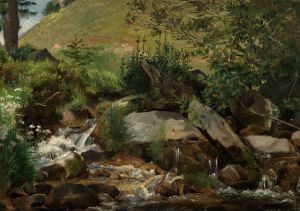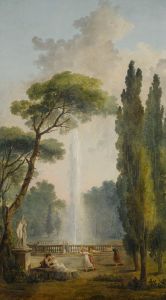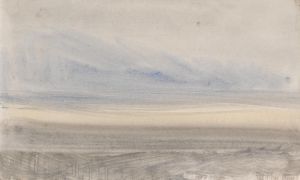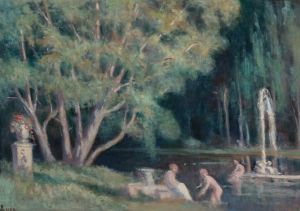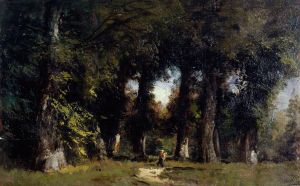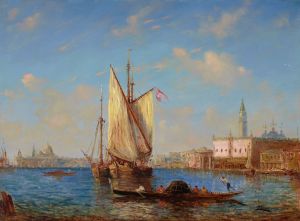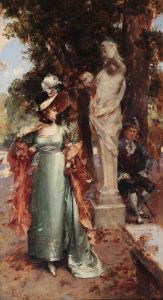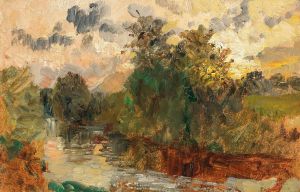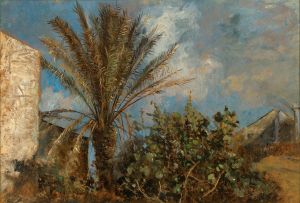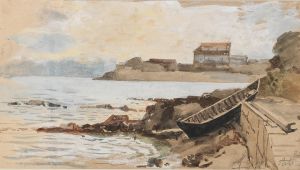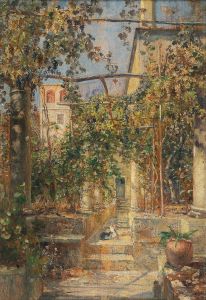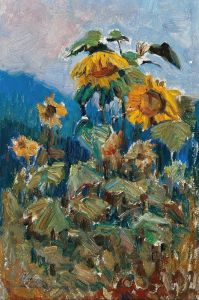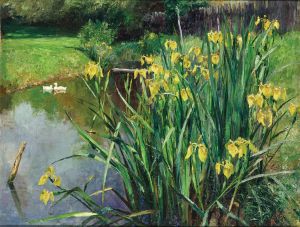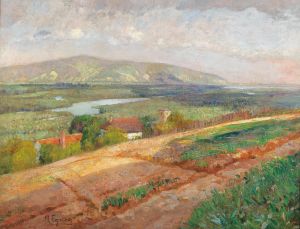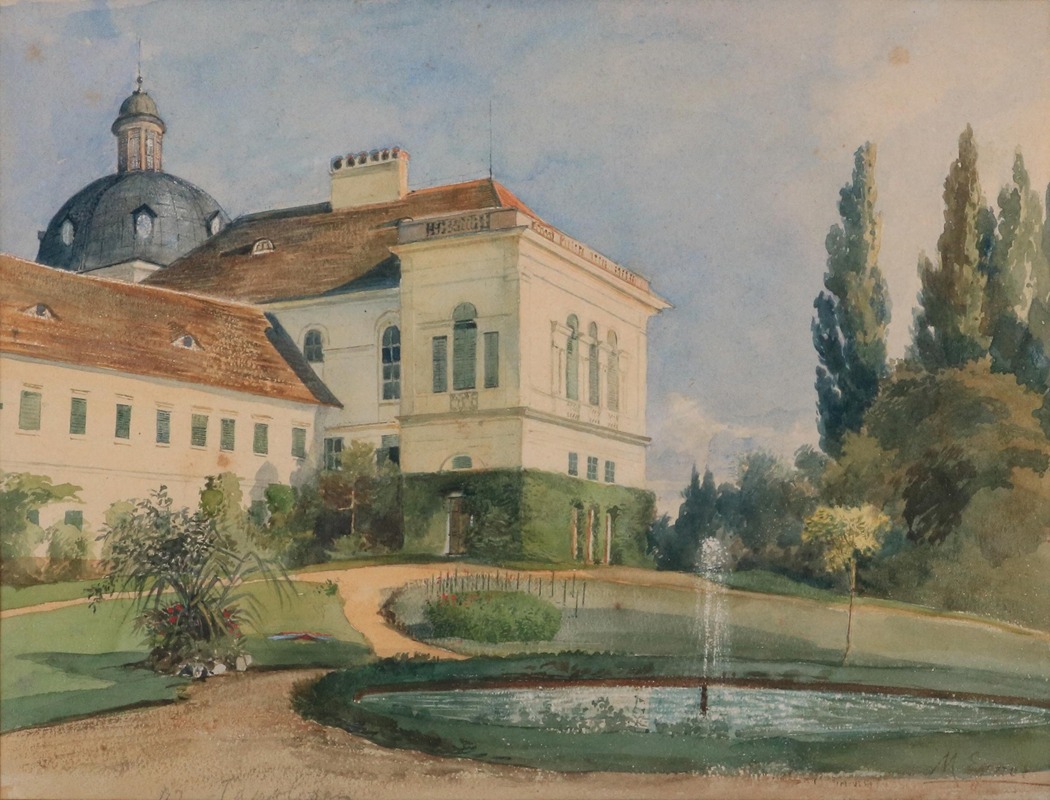
Schlosspark mit Springbrunnen
A hand-painted replica of Marie Egner’s masterpiece Schlosspark mit Springbrunnen, meticulously crafted by professional artists to capture the true essence of the original. Each piece is created with museum-quality canvas and rare mineral pigments, carefully painted by experienced artists with delicate brushstrokes and rich, layered colors to perfectly recreate the texture of the original artwork. Unlike machine-printed reproductions, this hand-painted version brings the painting to life, infused with the artist’s emotions and skill in every stroke. Whether for personal collection or home decoration, it instantly elevates the artistic atmosphere of any space.
Marie Egner (1850–1940) was an Austrian painter associated with the late 19th and early 20th-century art movements. She is best known for her contributions to landscape painting and her involvement in the Austrian art scene during a period of significant cultural development. Egner studied under prominent artists such as Carl Wurzinger in Graz and later with Emil Jakob Schindler in Vienna, where she became part of the Austrian mood impressionism movement, often referred to as "Stimmungsimpressionismus."
One of her notable works, Schlosspark mit Springbrunnen (translated as "Castle Park with Fountain"), exemplifies her skill in capturing natural landscapes with a delicate and atmospheric touch. The painting depicts a serene park scene, featuring a fountain as its central element, surrounded by lush greenery and soft lighting. Egner's use of light and color demonstrates her ability to convey a tranquil and harmonious environment, a hallmark of her artistic style.
The exact date of the painting's creation is not widely documented, but it likely falls within the late 19th or early 20th century, a period when Egner was actively producing works that reflected her deep appreciation for nature and her mastery of plein air techniques. Her works often focused on gardens, parks, and other natural settings, emphasizing the interplay of light and shadow to evoke mood and atmosphere.
Egner was one of the few women artists of her time to gain recognition in a predominantly male-dominated art world. She exhibited her works in various prestigious venues, including the Vienna Künstlerhaus and the Secession exhibitions. Her contributions to art were significant in paving the way for future generations of women artists in Austria and beyond.
While specific details about Schlosspark mit Springbrunnen—such as its current location or provenance—are not readily available, the painting remains an example of Egner's dedication to capturing the beauty of the natural world. Her works continue to be appreciated for their technical skill and their ability to convey a sense of peace and introspection.
Marie Egner's legacy as an artist endures, with her paintings held in various public and private collections. Her work, including Schlosspark mit Springbrunnen, reflects the broader cultural and artistic currents of her time while showcasing her unique perspective as a painter deeply attuned to the subtleties of nature.





